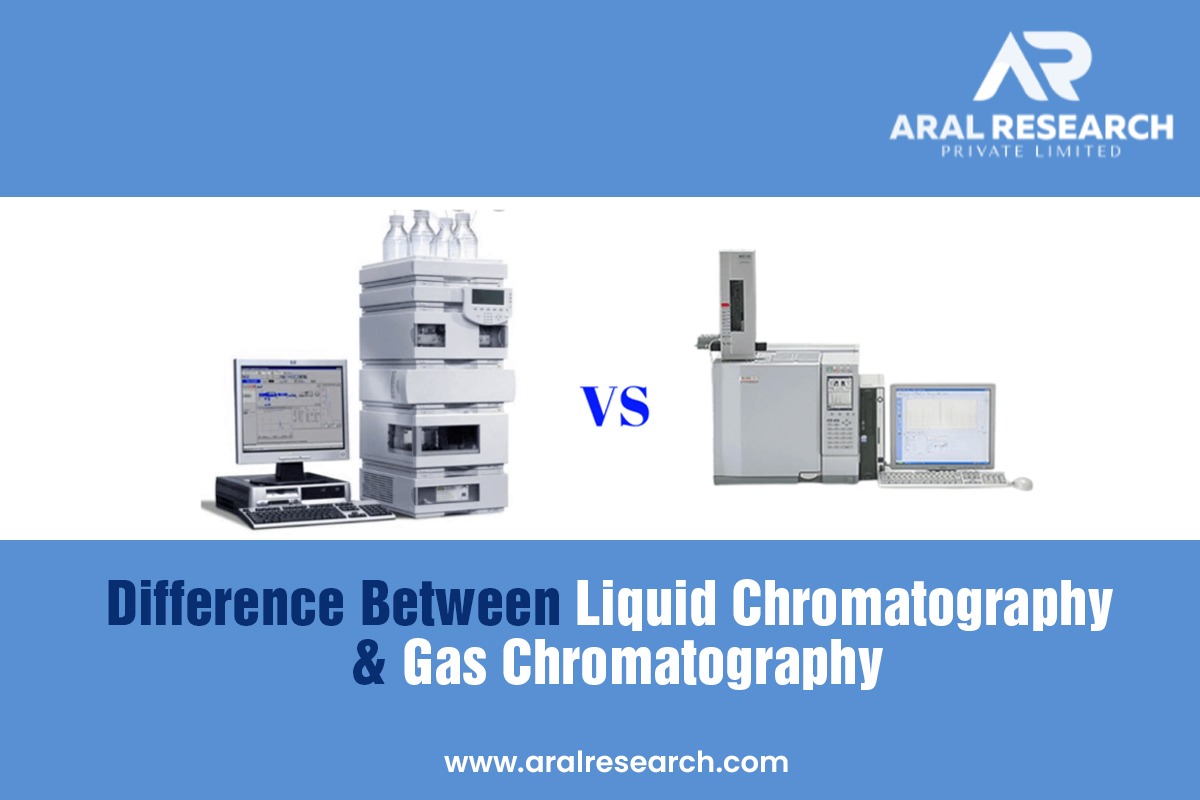
Difference Between Liquid Chromatography & Gas Chromatography

Chromatography is the process of separating and identifying compounds from a sample of interest. It is an indispensable tool for isolation and purification of compounds. Chromatography is classified based on the physical state of the mobile used: Liquid and gas chromatography. How are these two chromatography methods different? Let’s find out!
What is Liquid Chromatography?
Liquid chromatography is a separation method that is used in labs to separate sample mixtures based on the interaction between the individual molecules. The HPLC lab test in Ahmedabad uses this technique in the liquid mobile phase, where the sample mixture is blended with liquid. It is allowed to pass through a column filled with the stationary phase or a solid sheet of the stationary phase. The liquid chromatography method separates and analyzes high thermal stability and non-volatile and challenging vapourization. It is extensively used for quantitative analysis of pharmaceutical products and laboratories.
What is Gas Chromatography?
Gas chromatography is another chromatography technique that analyzes volatile samples, which are gases at room temperature, and a gaseous mobile phase that carries the sample through a solid phase. The sample flows through the gas system, which is gasified before entering the chromatographic column with a filler for effective separation.
Difference Between Liquid Chromatography & Gas Chromatography
- Mobile Phase Used: The primary difference between HPLC and GC is the mobile phase used. LC uses a solvent for the mobile phase in which the compounds’ polarity, complexity, and solubility determine the solvent to be used. Meanwhile, GC uses an inert or unreactive gas.
- Separation Methods: For the HPLC service in Ahmedabad, the separation of the compounds is determined by the interaction between every compound in the mixture in the mobile and stationary phases. In gas chromatography, the separation depends on the respective volatility of every compound in the mixture.
- Temperature: Due to the volatility of the sample, gas chromatography needs to be done at higher temperatures than high-performance liquid chromatography. The column temperature of GC is somewhere between 150 to 300 degrees Celsius, while for HPLC, it is done at room temperature.
- Difference in Applications: Gas chromatography is typically used to measure oils, air samples, organic compounds, and pharmaceutical drugs. While HPLC for inorganic ions, proteins, peptides, lipids and vitamins.
It is crucial to know the difference between liquid and gas chromatography so you can select the most appropriate method for the sample. Apart from choosing the right method, achieving accurate results during analysis is essential, which Aral Research can help you. We offer a broad range of analytical services, including UHPLC, HPLC, mass analysis, purity enrichment, LCMS analysis services, and more. To know more about analytical services, call us today.
